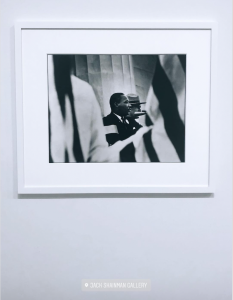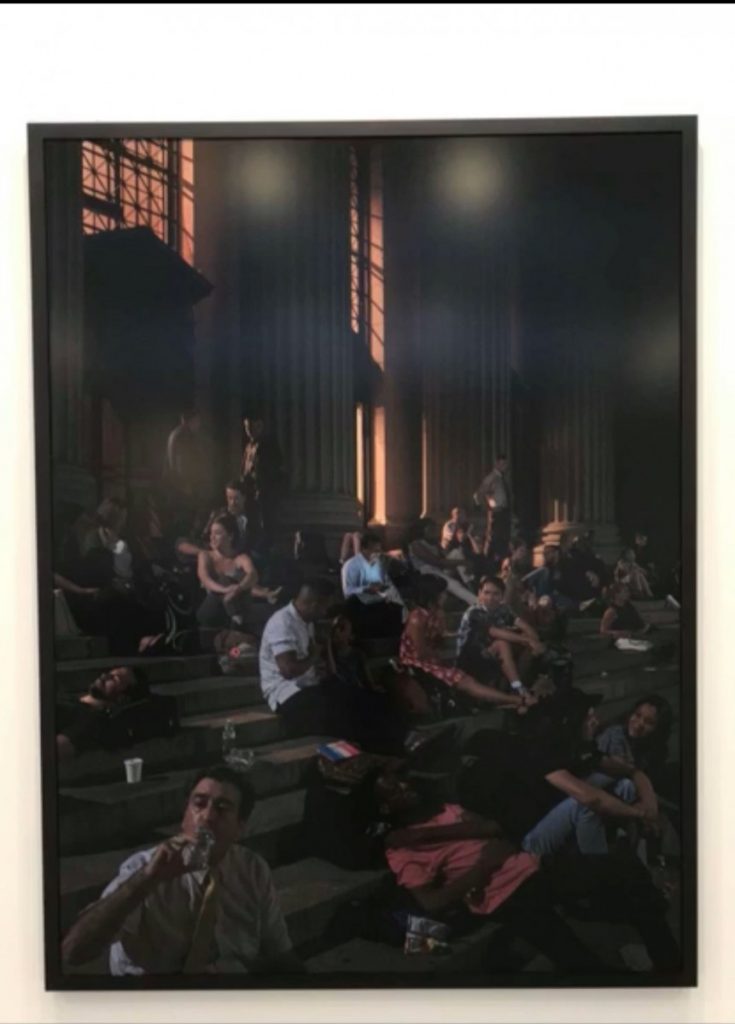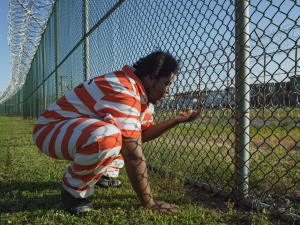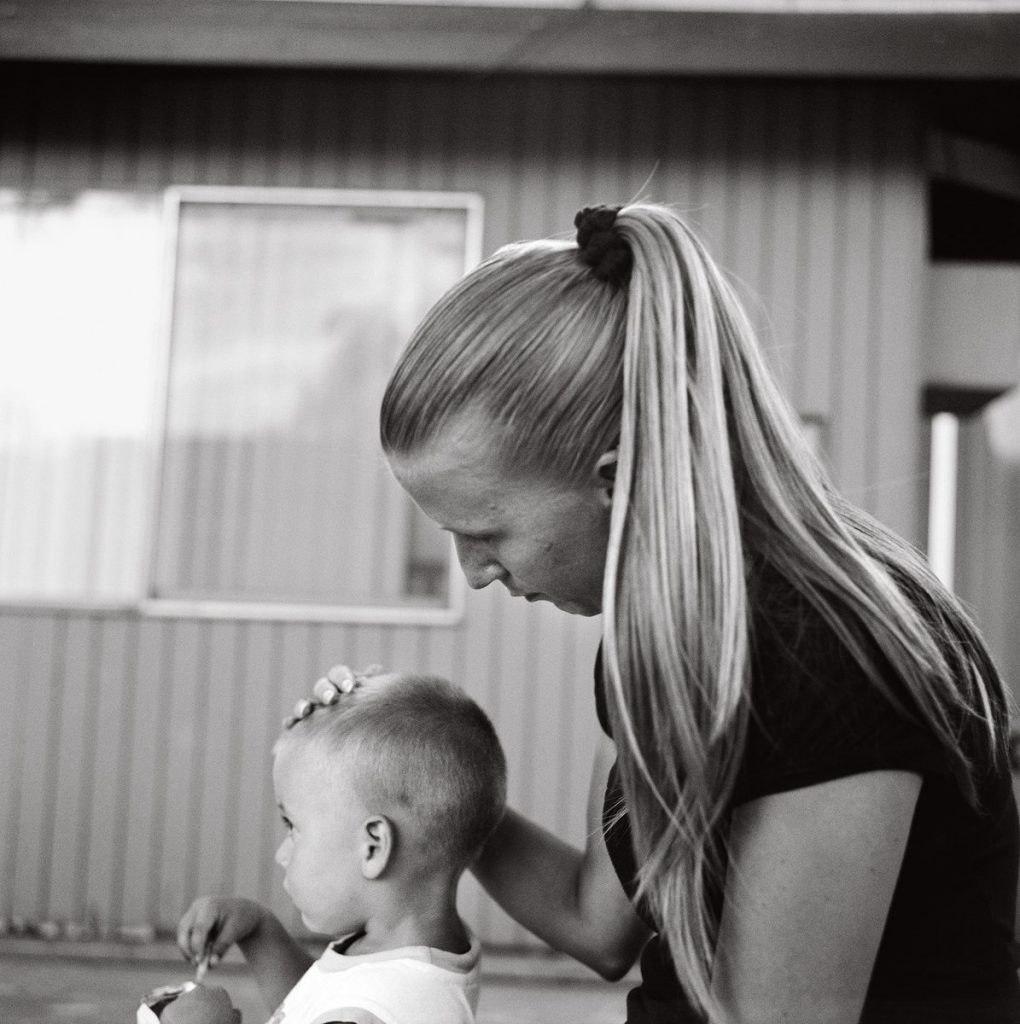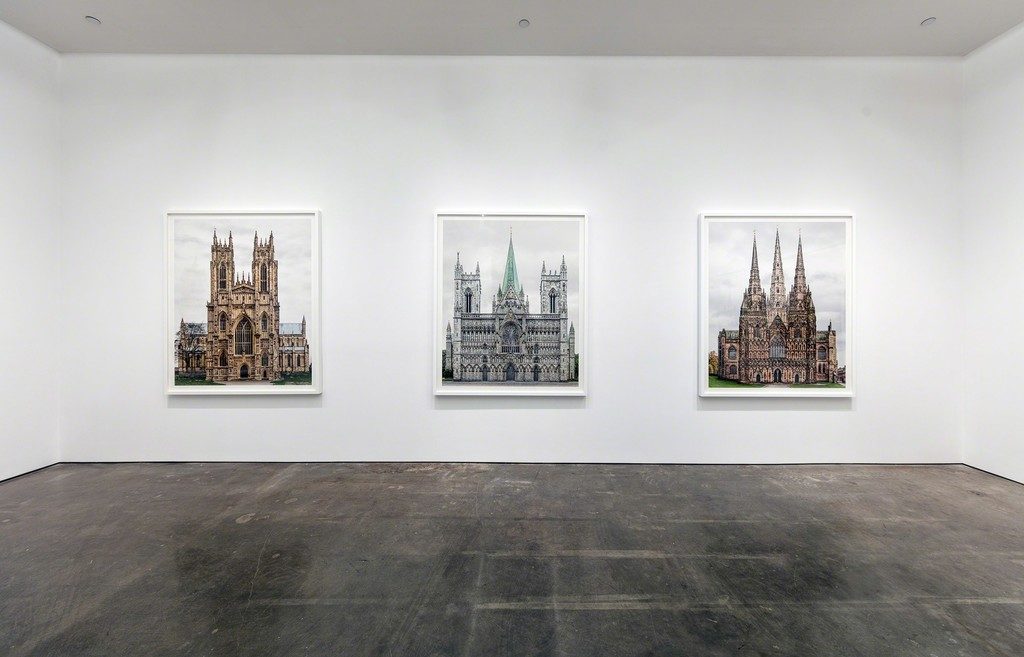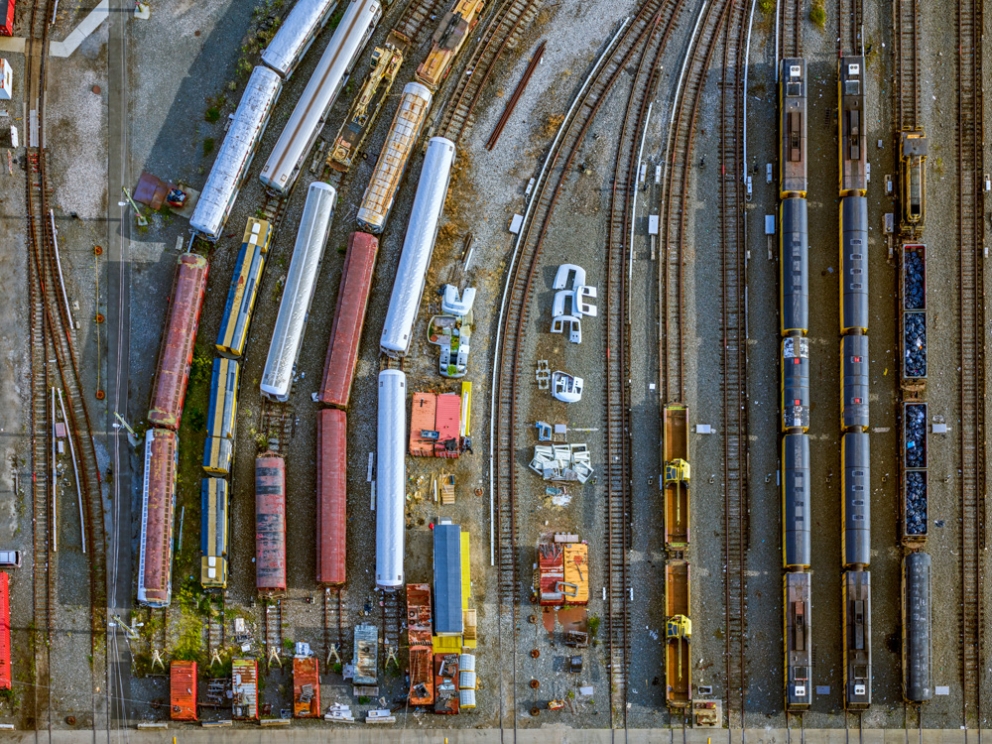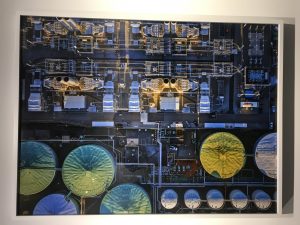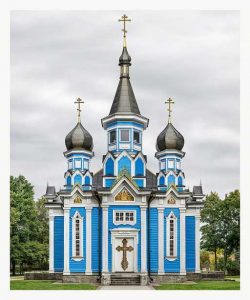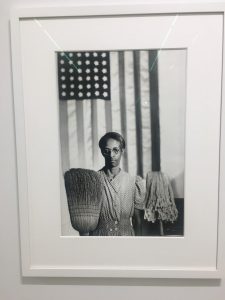Last week, I had the pleasure of visiting a hand full of art galleries located the neighbourhood of Chelsea. After visiting these galleries, I had a discover three photographs that I found quite powerful and define the true definition of art.
The first gallery we visited was in Aperture with the pieces by Stephen Tourlentes. One photograph that that allured my attention was that one titled “Rawlins, Wyoming State Death House Prison”. Looking at this photograph, we can see that glimpse of light that draw attention and us question “what is are those lights?”. In terms of lighting, it is very soft with a grey to black gradient. It’s beautiful and looks like 19th century painting. On the contrary, this photograph has dark meaning behind it. Like the title stated, this a death row prison. Thus, this is the meaning of the dark side of beauty.
This photograph by Jeffrey Milstein, titled “Newark Airport Terminal B, 2017”, was the most powerful photograph I had the pleasure observing. This struck me because it reflected something I wanted to be. As a little boy, I wanted to become a pilot. This love of aircrafts and flying was all I wanted to do. I had the opportunity to attend a college for aviation and there I believed in 2020 I would be flying for Lufthansa or Delta. Unfortunately, my dream was crushed due to finance reasons and I was forced to go elsewhere. To see this photograph, it showed me a dream that lost and a career I could have had.
The last photograph I will discuss is the portrait of Ella Watson by Gordon Park. This photograph was captured during the 1940’s, when the majority of the US was racist. With that noticed, blacks where restricted from high paying jobs that their white counter parts had. So, we had to settle for the jobs that white people didn’t want to do. Like cleaning, farm work and especially taking care of their very own children. We this so strongly represented here. We see a black woman, most likely tired and bored of a job, but strong, as she stands upright with no expression one her face. Broom and mop, she stands in front of the American flag, looking determined to provide for her family.




